
Gateway to Himalayan Art
Audio Tour Itinerary
Use this audio tour itinerary to navigate the second floor exhibition, Gateway to Himalayan Art, to learn foundational concepts found in Himalayan Art. This itinerary is designed to help expand your understanding of the art on view that will feature and build on these core ideas.
This tour does not need to be followed sequentially.
02. Artwork
Tibet
Pigments on cloth
H 46 3/4 x W 35 in.
Rubin Museum of Art Gift of Shelley and Donald Rubin
C2003.50.7, HAR1052
03. Artwork
Eastern Tibet
Pigments on cloth
H 38 3/8 in. x W 19 1/2 in.
Rubin Museum of Art, Gift of Shelley and Donald Rubin
C2006.66.136, HAR95
04. Artwork
Central Tibet
Pigments on cloth
H 26 1/2 x W 21 1/4 in.
Rubin Museum of Art
F1997.17.7, HAR323
05. Artwork
Tibet
Pigments on cloth
H 33 3/8 x W 27 5/8 x D 2 1/4 in.
Rubin Museum of Art
F1998.15.1, HAR649
06. Artwork
Nepal
Gilt copper alloy
H 10 3/4 in. x W 4 3/4 in. x D 5 7/8 in.
Rubin Museum of Art
C2004.34.4, HAR65402
07. Artwork
Tibet
Copper alloy
H 8 x W 6 3/8 x D 4 5/8 in.
Rubin Museum of Art
C2003.15.5, HAR65219
08. Artwork
China
Clay
H 25 1/4 x W 19 3/4 x D 11 1/4 in.
Rubin Museum of Art
C2006.64.1, HAR65728
09. Artwork
Buchung Nubgya
Pigments on cotton, silk brocade
H 31 1/2 x W 21 5/8 x D 1 1/2 in.
Rubin Museum of Art
SC2014.4.4
10. Artwork
Himalayan Region
Pigments on wood
H 1 1/4 x W 5 1/8 x D 5 1/8 in.
Rubin Museum of Art
C2006.75.31, HAR68960
11. Artwork
Kathmandu, Nepal
Wax
Rubin Museum of Art
SC2009.14.2a-v
12. Artwork
Tibet
Pigments on cloth
H 54 1/8 x W 39 1/2 x D 2 1/4 in.
Rubin Museum of Art Gift of Shelley and Donald Rubin
C2006.66.284, HAR656
13. Artwork
Tibet
Pigments on cloth
20 1/8 x 17 1/8 x 2 1/4 in.
Rubin Museum of Art. Gift of Shelley & Donald Rubin Foundation
F1996.31.11, HAR524
14. Artwork
Tibet
Ground mineral pigment, fine gold line on cotton
H 27 1/8 x W 18 1/2 in.
Rubin Museum of Art Gift of Shelley and Donald Rubin
C2006.66.121, HAR64
15. Artwork
Tibet
Pigments on cloth
H 14 1/8 x W 13 7/8 in.
Rubin Museum of Art
F1997.43.1, HAR575
16. Artwork
Tibet
Pigments on cloth
H 45 1/2 x W 30 5/8 in.
Rubin Museum of Art
Gift of Shelley and Donald Rubin
C2006.66.131, HAR78
17. Artwork
Tibet
Pigments on cloth
H 36 1/8 x W 23 1/8 in.
Rubin Museum of Art Gift of Shelley and Donald Rubin
C2006.66.222, HAR275

__small.jpg)
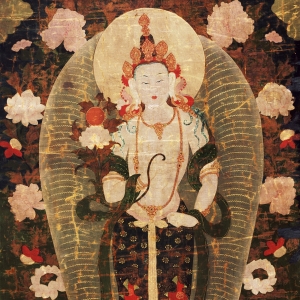
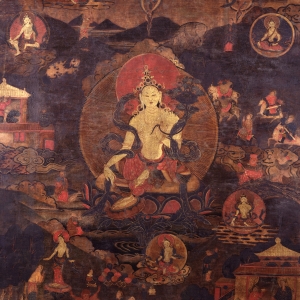
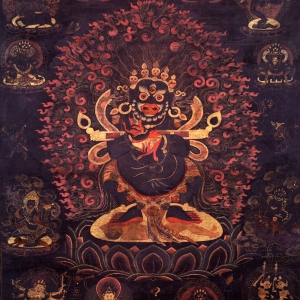
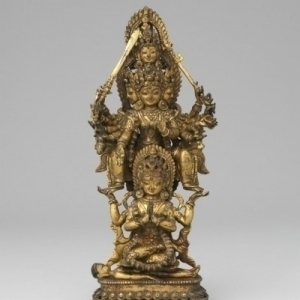
__small.jpg)
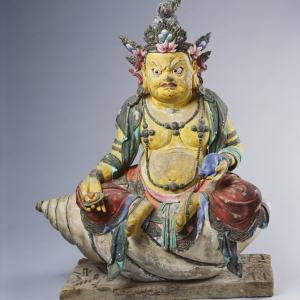
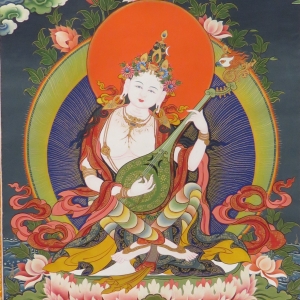
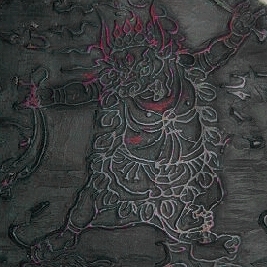
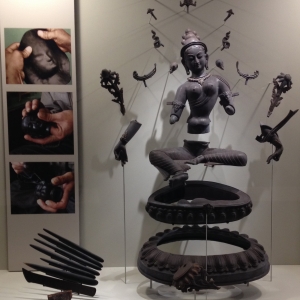
__small.jpg)
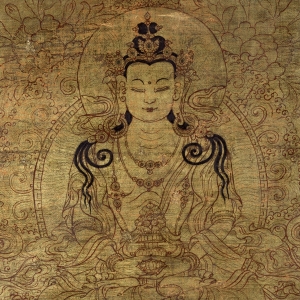

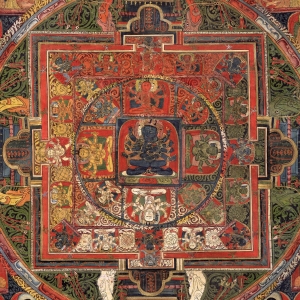
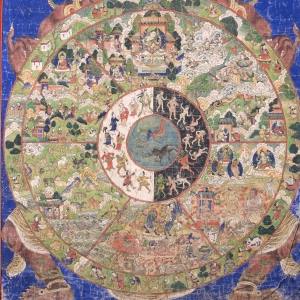
__small.jpg)
